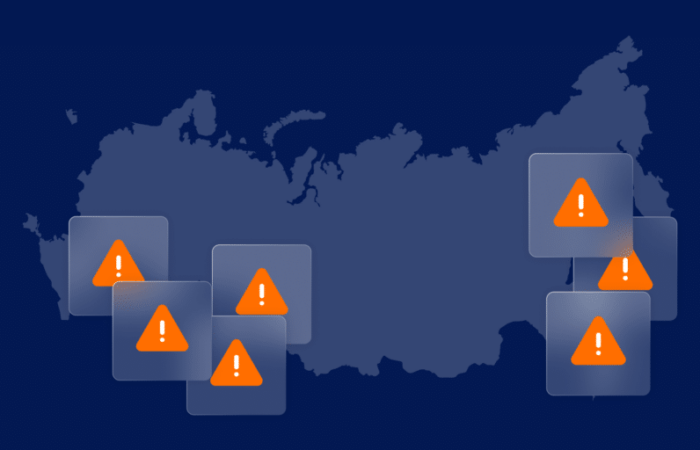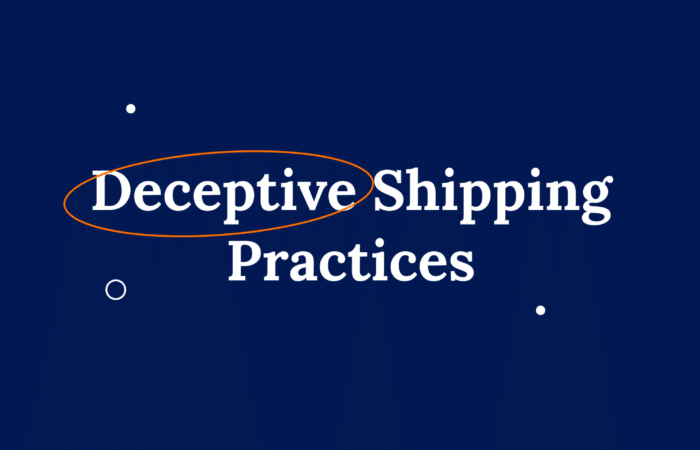What’s inside?
When OFAC and the USCG came out with an advisory on sanctions compliance, they set the regulatory bar very high – requiring all stakeholders in the shipping and trading industry to meet enhanced due diligence standards. As a result, the need to go beyond list-matching and towards a more dynamic approach to evaluating maritime risk has become as important as ever.
As part of the BAFT 2021 Trade Finance Workshop, Ami Daniel, Co-founder and CEO of Windward, spoke with Edward Stoltenberg, Director of Global Trade Product Development Risk and Compliance at Citi, to explore the ingredients of an effective maritime risk strategy.
The impact on the market
Deceptive shipping practices, as defined by the May 2020 advisories, were essentially a roadmap for particular areas that compliance teams needed to be aware of. But a lot of questions were left unanswered. For example, with thousands of fleets, how do you take deceptive practice typologies and develop a control environment for your institution? How do you know what to focus on for your particular organization? For example, of the global fleet, 421 are sanctioned vessels, and banks can quickly screen them with basic list matching tools. But what about amber and red vessels – how can you account for this risk in a scalable way?
Why is this important to answer? The volume of transactions for review can render a solution unfit if it can’t meet the operational needs of the institution.
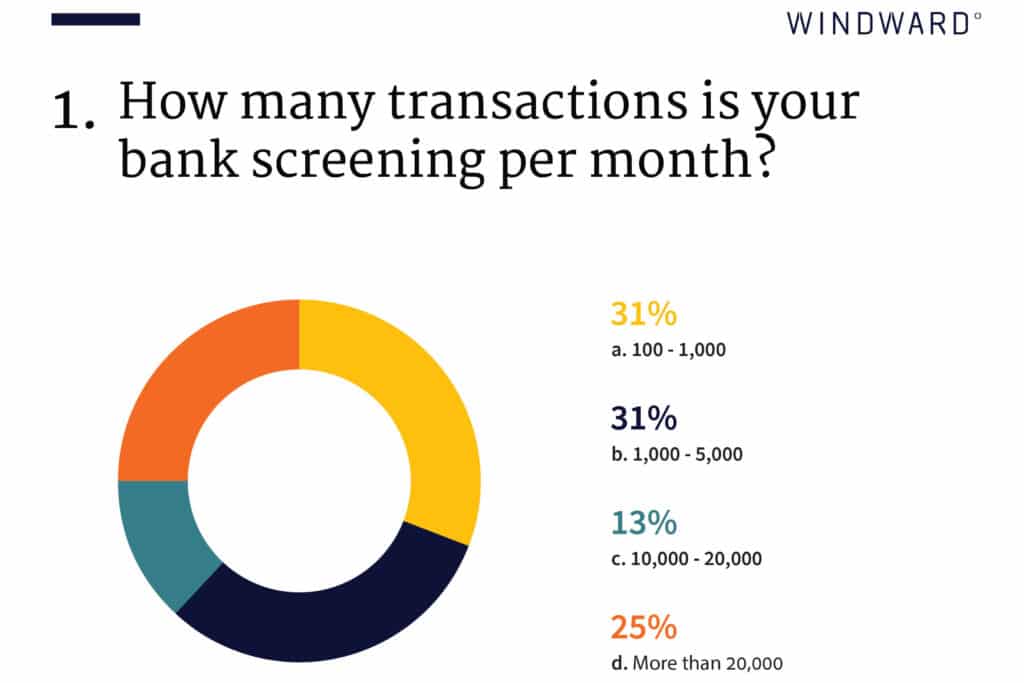
To meet regulatory standards and stay ahead of maritime risk, teams need to review each transaction in the context of the more than 70,000 companies in the maritime space, linked to give or take 100,000 IMO vessels. And of course, the challenge of the matter is detecting risk before sanctions hit. How do you pick up on risky vessels and connect them to the company? This is especially challenging considering that many banks don’t have the IMO number of each vessel. Or imagine reviewing 20,000 transactions while monitoring every STS transfer that happens in a day. That creates a lot of noise.
Ultimately, the process of setting the right framework comes down to a mix of both detective and investigative work. Edward describes that any program needs to start with a detective approach to get to the investigative review of the transaction. But this is no small task. What indicators are important to evaluate maritime risk? Are you looking at real-time data? When within your transaction, are you looking at the vessel name? How do you take that and look at the AIS data associated with that vessel? What is a reasonable AIS gap? The questions are endless and the cutoffs arbitrary. In particular, AIS manipulation is perhaps one of the least straightforward practices to set precise controls around. So what can trade professionals do? It’s not one-size-fits-all.
Managing maritime risk: Rule-based or machine learning?
Edward’s first tip was this: start small. And rule-based tools can be a good place to start. Rules are binary – did this vessel change its name? Did it change its flag? Looking at different use cases and applying a rule-based approach to your data will take you beyond list-based screening. And this is already a good step since list-based is prone to a lot of false positives. Rule-based is transparent and allows you to work with the data set you have. But for a wider scope, you need to look more at AI techniques, says Edward. Ultimately, the right solution will depend on how large the institution is, the costs and resources available, and of course, risk appetite. And this can vary widely from organization to organization.
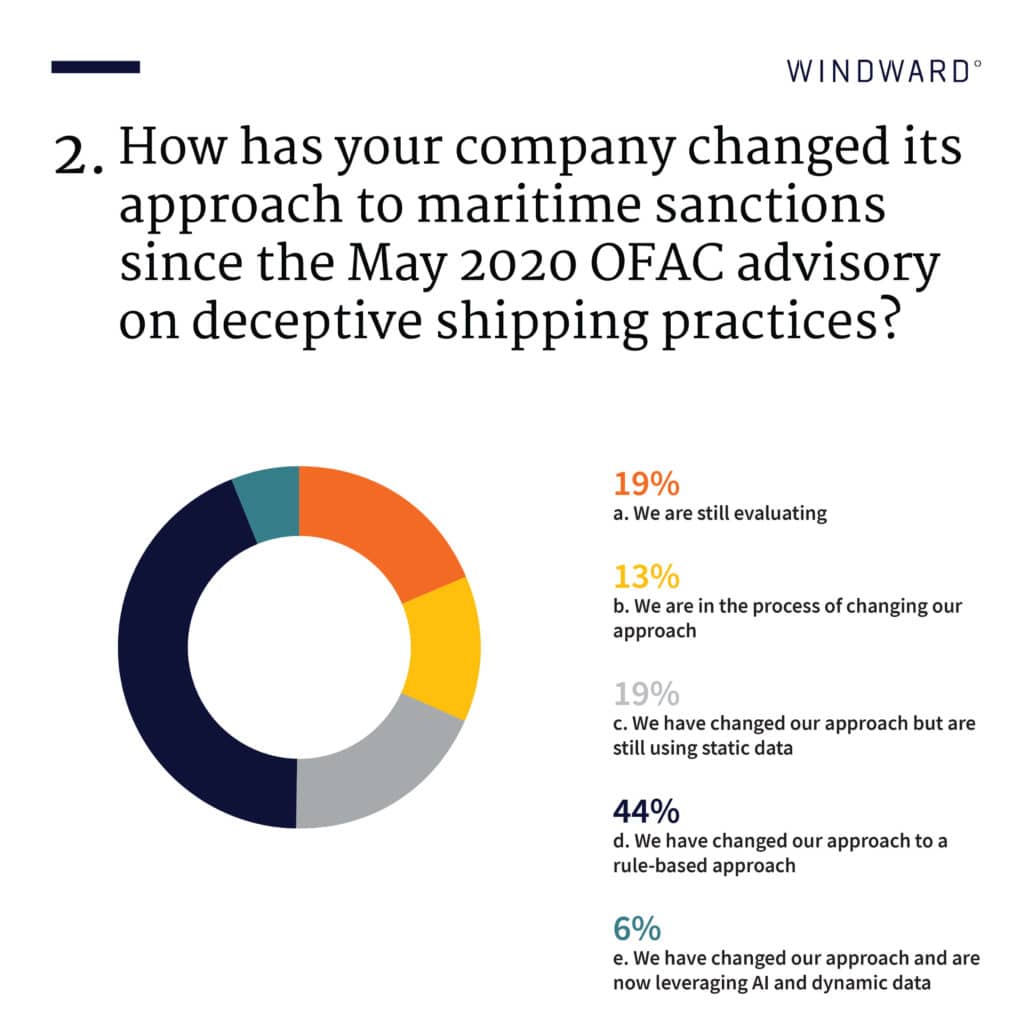
This poll made it clear that AI is still not widely adopted for maritime risk management. And the truth is that operations first need to understand what will work for them. It starts with understanding what features right off the bat should raise red flags. When looking at the transaction, it’s important to ask questions like – what goods are being financed, when were they loaded, what is their destination, and at the same time, understand what the vessel is doing in real-time.
The bottom-line? You should be able to look at transactions and understand if the vessel activity lines up. And then it goes to risk appetite. Do you only care about your transaction? What about four days before? The research can go on and on, and you can quickly find yourself going down a rabbit hole. Set procedures, then you can decide if you want ML-based tools or manual review processes to manage them.
Overcoming industry challenges
False positives is a sensitive issue – it can upset customers and slow down shipments. It’s one of the main reasons organizations seek out new tools.
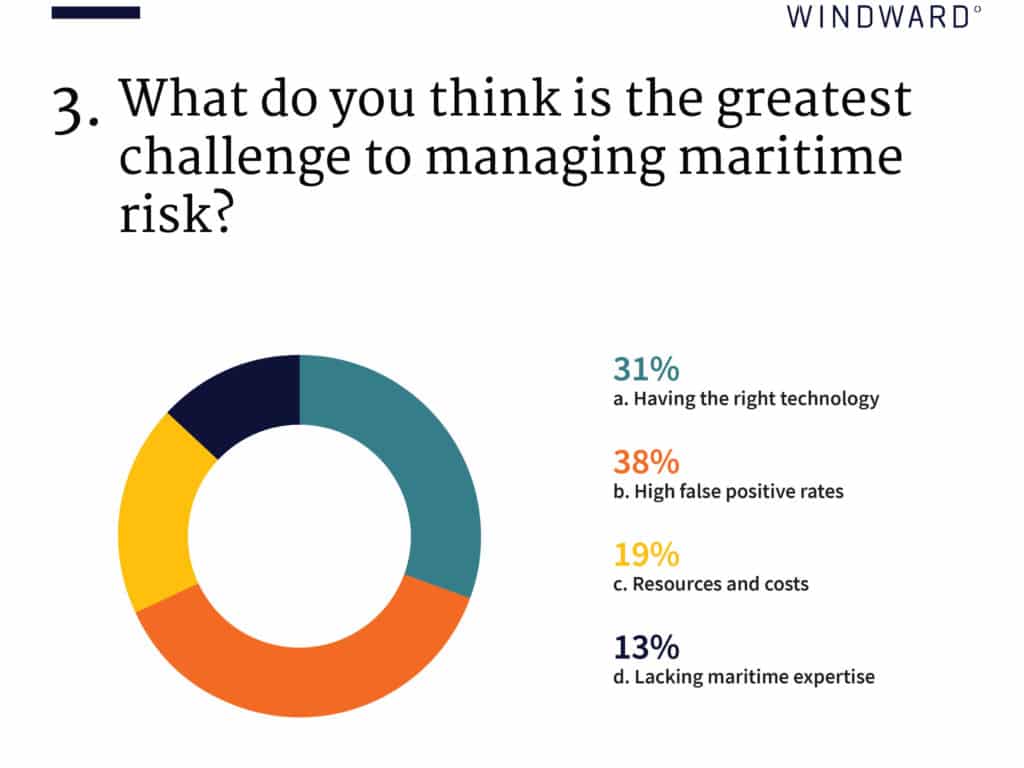
Ami describes speaking to a trade finance team receiving hundreds of emails on deceptive shipping practices. This is common for the market. And it’s difficult to manage. In a way, Ami describes, it was an unintended impact of regulations.
Regulators set a much higher bar. Suddenly, the same thing that worked a year ago is getting organizations to a situation of 500 alerts a day.
Ami Daniel
And if teams don’t have the budget or tech what are they supposed to do?
Edward describes that first, compliance professionals need to decide whether they want to be proactive or reactive. Who you hire or what you hire depends on your risk profile. He recommends that first, you need to understand what you can catch with your controls as is; to provide a path forward, you need first to understand the problem. His piece of advice? Work with your tech partners and understand what you’re comfortable with in terms of costs, technology stack, amongst others. And don’t forget that it’s a journey. You can even look at AI as a transformation project, says Ami. Do you know where you stand in your exposure to maritime risk? Contact us to learn more.















